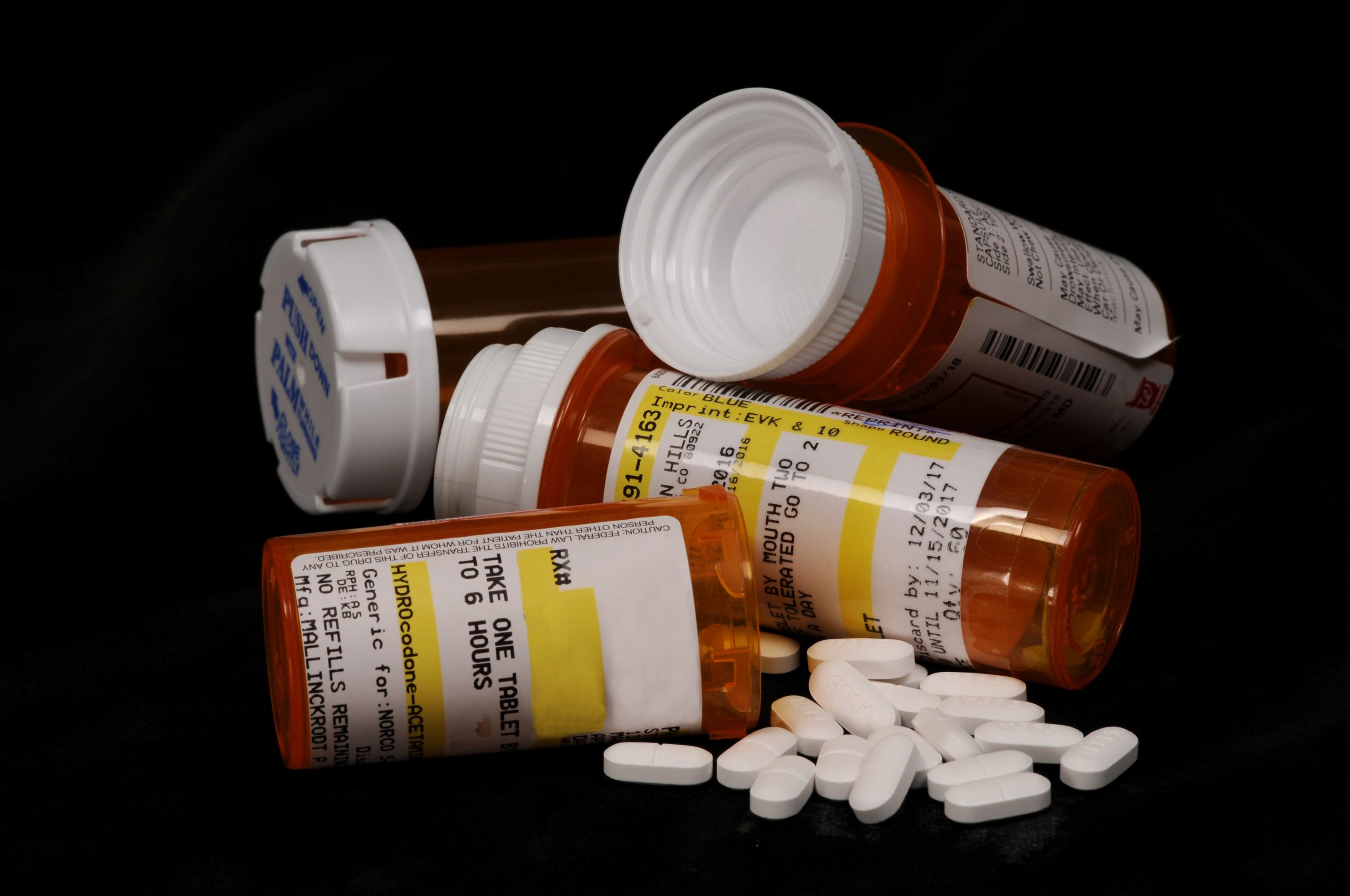
The opioid epidemic has touched thousands of lives in America, bringing death and disabling addiction to many families and communities, including my own. In response to rising opioid overdose deaths, some state policy makers implemented prescription drug monitoring programs to track prescriptions for controlled substances such as opioids. Their goal was to decrease the number of prescriptions, limit the supply of legally prescribed drugs, and diminish the potential for patients to develop substance abuse disorders. In new research Mike Vuolo and colleagues found that the very presence of a prescription drug monitoring program reduces overdose deaths.
The researchers created a data set that included information about all deaths in the United States between 2000 and 2016. They also included information about whether or not states created prescription drug monitoring programs and when these programs were created. Finally, their data set included information about the race and socioeconomic status of counties’ and states’ populations. They found that overdose deaths decrease after prescription drug monitoring programs are implemented.
They found that enabling or requiring doctors to access the program did not lead to additional decreases in overdose deaths compared to states who set up prescription drug monitoring programs that doctors did not have access to.
This research shows that, over time, prescription drug monitoring programs are an effective policy tool for decreasing overdose deaths. As a society, we continue to grapple with how to effectively respond to substance abuse and drug addiction. The collective grief of those that have lost a loved one to a drug overdose is palpable. This research provides hope that state-level policy focused on regulating drug supply, rather than punishing drug users or distributors, can help prevent overdose deaths.

Comments